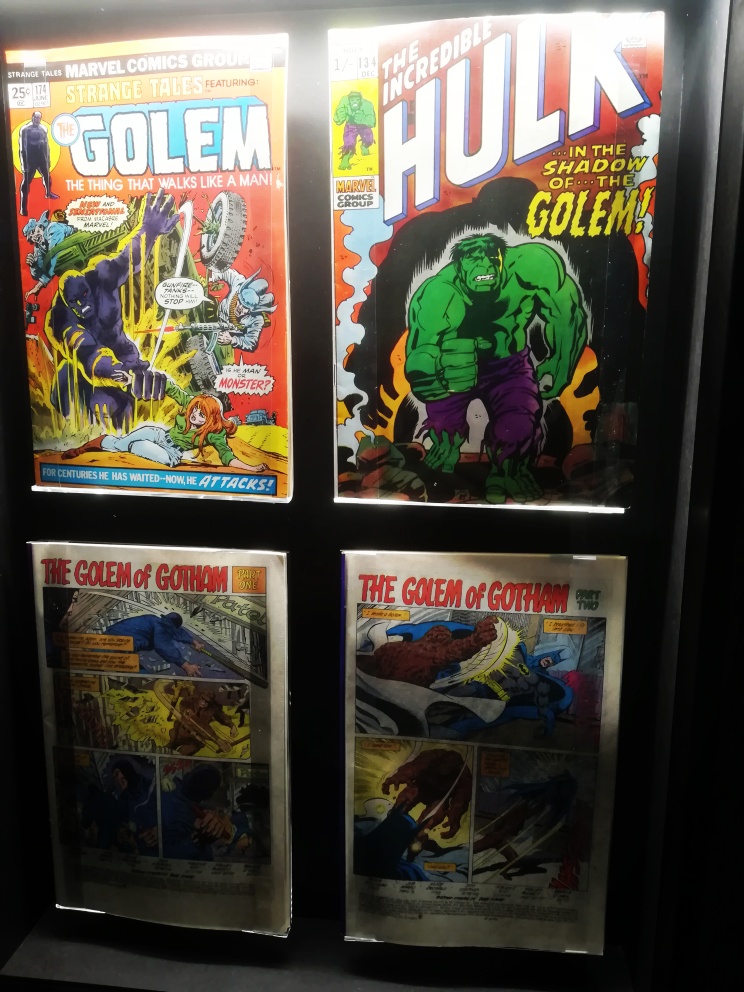Alan Turing, the mathematical enigma code breaking genius, has been announced as the new face of the 50 pound note. This is a monumental moment for the great man who, even after achieving so much and saving millions of lives through his breakthroughs died an ignominious death… just because of his sexual preference. I have been reading up on the great man and, following my trip to the AI: More Than Human Exhibition at the Barbican, learned a little more about the Turing Test. Simply put, it asserts that if an artificial intelligence can persuade 30% of the people it was interacting with that it was a human, through the responses it gave, then the artificial intelligence passes the test. Now for some people this all sounds scary and conjures up images of the Terminator, Skynet, Ed-209 and many other dystopian images. The reason that we find the concept of robot developing AI are both practical (they could start to kill us) to the more philosophical, as we have the concept of the muse, spirit or soul in the West, which came from Greece. However, in Japan the Shinto belief that ‘kami’ or spirits exist everything in the world; rocks, plants, furniture, and even computers means they are more accepting of AI.
AI puts the fear of gosh into most of us.
This is all heady stuff, but for a lighter side check out Bot Or Not, a website that presents different poems and asks you to decide whether it was created by a human or an AI. I did the Digital Writers’ Test, which presents 10 poems and asks you to guess if it is a bot or not. I was shocked when I only correctly guessed 4 out of 10!it can be challenging. Check it out and post your score.
I consider myself quite quick off the mark but apparently…. I’m not!
























